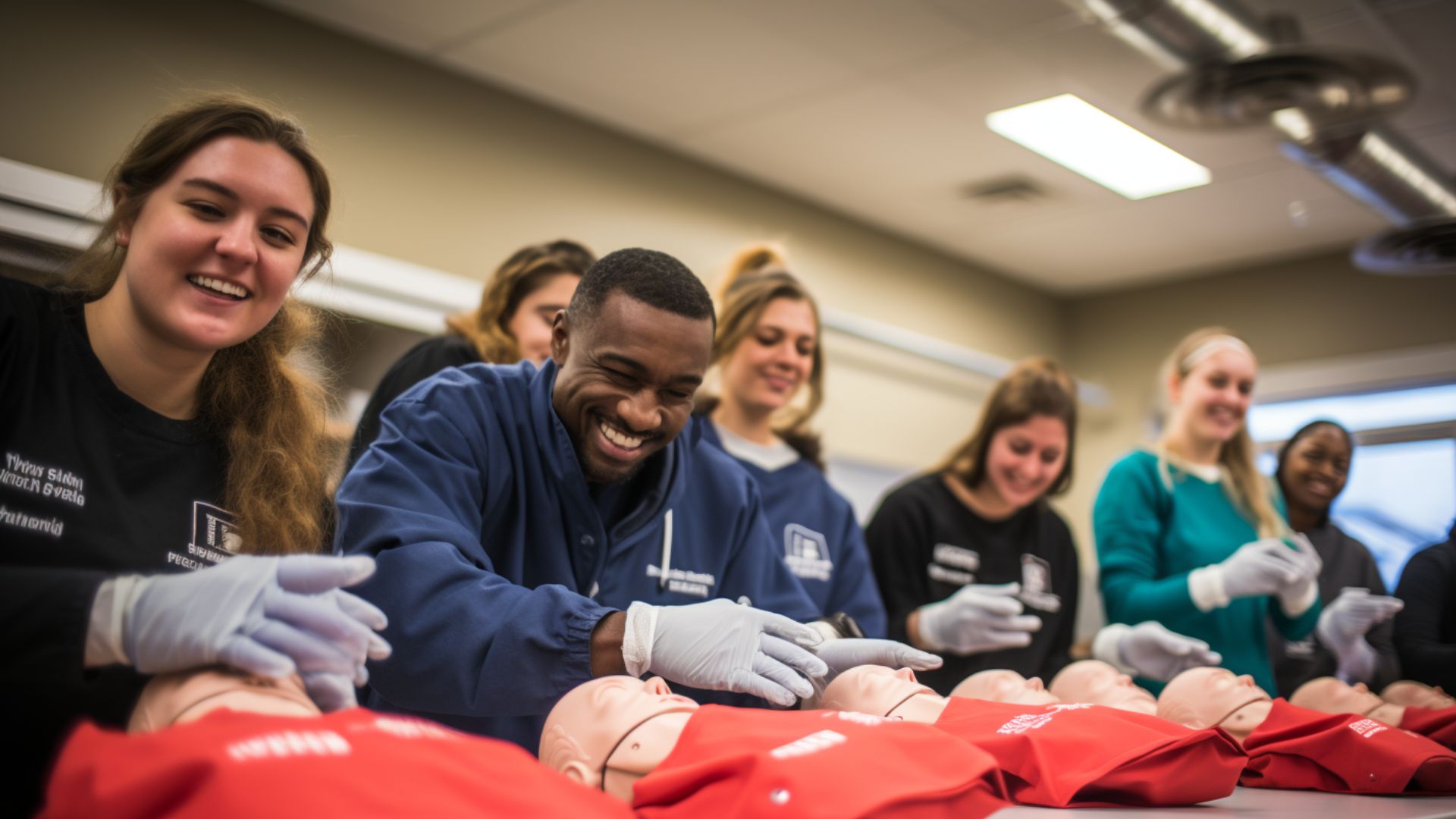
Cardiopulmonary resuscitation (CPR) is a life-saving technique that can make a significant difference in the outcome of someone experiencing cardiac arrest. However, despite its importance, there are still several myths and misconceptions surrounding CPR that can hinder its effectiveness. In this blog post, we will debunk some of the common myths about CPR, providing you with accurate information that could potentially save a life.
Myth 1: CPR can restart the heart.
One of the most common misconceptions about CPR is that it can restart a stopped heart. In reality, CPR is intended to keep blood flowing to the vital organs until professional medical help arrives. While it can improve the chances of survival, CPR alone cannot restart a heart. Defibrillation, the use of an automated external defibrillator (AED), is the only effective way to restore a regular heart rhythm in cases of cardiac arrest.
Myth 2: CPR always results in broken ribs.
It is often believed that performing CPR will inevitably result in broken ribs. While it is true that chest compressions can cause rib fractures, it is essential to understand that broken ribs are not a reason to withhold or stop CPR. The priority during a cardiac arrest is to maintain blood circulation and oxygenation to the brain and other organs. The potential benefits of performing CPR far outweigh the risk of rib fractures, which can be repaired later.
Myth 3: Mouth-to-mouth resuscitation is always required.
In the past, mouth-to-mouth resuscitation was considered an essential component of CPR. However, the guidelines have changed over time. The current standard CPR technique for adult victims involves hands-only CPR, focusing solely on chest compressions. Compressions help circulate the available oxygenated blood in the body, increasing the chances of survival until professional help arrives. Mouth-to-mouth resuscitation is still recommended for infants and children and in cases of drowning or drug overdose.
Myth 4: CPR is only necessary for adults.
Another common misconception is that CPR is only necessary for adults. In reality, cardiac arrest can affect anyone, regardless of age. CPR training is crucial for individuals of all ages, as you never know when you may encounter an emergency situation where someone requires immediate assistance. By learning and being prepared to perform CPR, you can significantly increase the chances of survival for a victim until medical professionals arrive.
Myth 5: CPR is a guaranteed lifesaver.
While CPR is a crucial life-saving technique, it is not a guaranteed method for saving every life. The effectiveness of CPR depends on various factors, including the underlying cause of cardiac arrest, response time, and the presence of other medical conditions. Nevertheless, performing CPR promptly and correctly can significantly improve a victim’s chances of survival.
Myth 6: CPR can only be performed by healthcare professionals.
CPR is not limited to healthcare professionals. In fact, it is a skill that can and should be learned by everyone. Basic CPR training is available to the general public through various organizations, including the American Heart Association (AHA) and the Red Cross. These training programs teach individuals how to recognize a cardiac arrest, perform chest compressions, and use an AED effectively. By empowering more people with the knowledge of CPR, we can create a network of potential life-savers in our communities.
Raising Awareness with Training
It is essential to separate fact from fiction when it comes to CPR. Understanding the truth behind these common myths is crucial for effectively responding to a cardiac arrest situation. CPR is a life-saving technique that can buy precious time until professional help arrives. By debunking these common myths, we can promote accurate knowledge and empower individuals to take action during an emergency.
Remember, CPR is not about restarting the heart or being a healthcare professional—it’s about making a difference when someone’s life is on the line. Taking the initiative to learn CPR and staying updated with the latest guidelines can equip you with the skills needed to potentially save a life.
Let’s spread awareness, debunk the myths, and encourage others to undergo CPR training. Together, we can make a significant impact and increase the chances of survival for cardiac arrest victims. Don’t let misconceptions hinder your willingness to act—be prepared, stay informed, and be ready to step in when someone needs your help. Your knowledge and actions can truly make a difference in someone’s life.
CPR Certification St. Petersburg provides the best St. Petersburg BLS CPR Certification from an American Heart Association Certified Training Site. Book an AHA BLS CPR class today.